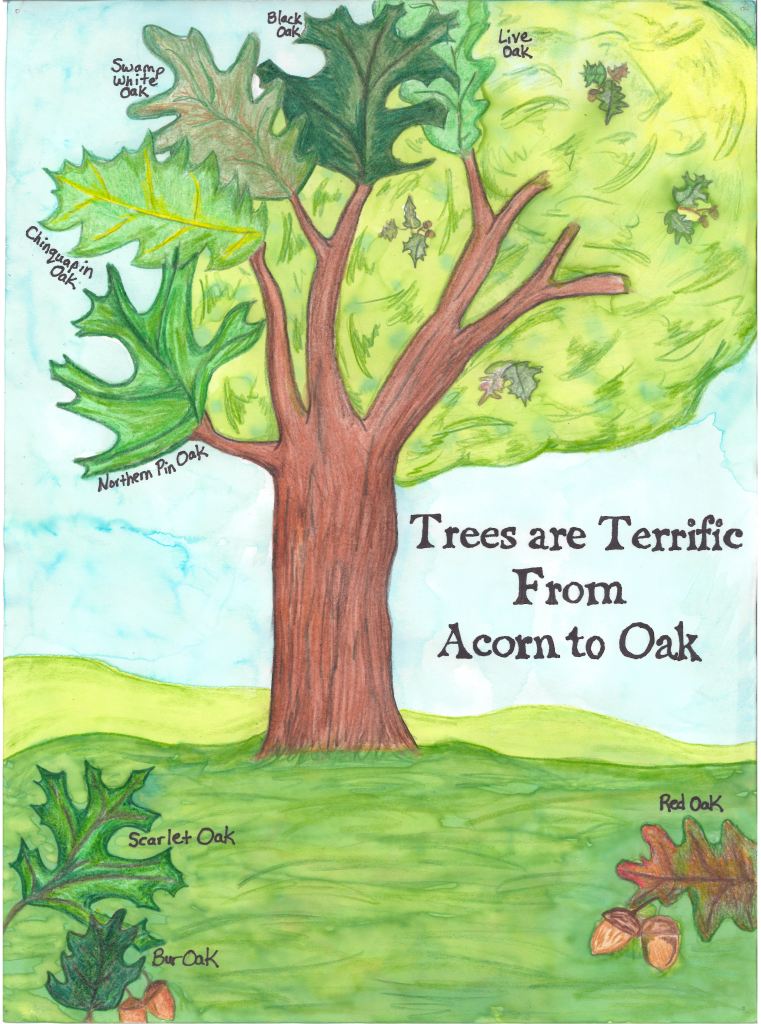The bark of a tree is an indicator of the type of tree, but it is very difficult to identify the exact species by its bark, although we will often find several variations of bark for the same type of tree, revealing the actual species. Look for the color and texture of the bark. Our goal is to be able to walk through the forest without looking up and calling the tree by its probable name. The leaves will usually make the final distinction in "name that tree".
Bark on trees here in The Woodlands is typical of Southeast Texas forests. One will find a great deal of white on the bark and often evidence of Woodpecker damage. The softer woods will typically have more damage than the hard woods. If you are interested in the use of bark, there is a fairly lengthy internet article produced by the US Department of Agriculture at this link.
Texture
Smooth bark: Yaupon, Magnolia, Crepe Myrtle, American Holly
Checkered bark: White Oak, Willow Oak, Chinese Tallow
Flakey or Peeling bark: Pine, Cypress, River Birch, Sycamore
Grooved bark: Sweetgum, Live Oak, Pecan
Deeply grooved bark: Persimmon, Weeping Willow
Directory in alphabetical order
American Holly
Bald Cypress
Chinese Tallow
Crepe Myrtle
Crepe Myrtle2
Elm
Live Oak
Loblolly Pine
Pecan
Texas Persimmon
River Birch
Red Mulberry
Southern Magnolia
Sycamore
Sweetgum
Yaupon
Weeping Willow
White Oak
Willow Oak
1-2 Sweetgum
Native Indians used to chew the bark of this tree; it was their chewing gum.
1-4 White Oak
The bark of this tree was used by American native Indians to treat Diarrhea and other intestinal problems.
1-5 Loblolly Pine
Pine bark has been found to be a good antioxidant. An extract from this bark is used as a natural treatment for the heart and cancer among other. The chemicals believed to affect certain diseases in humans will vary in each pine species. Refer to this article for more information.
1-6 White Oak
1-7 Chinese Tallow
1-9 Southern Magnolia
1-10 Texas Persimmon
The bark of the Persimmon has medicinal attributes, especially for diarrhea and dysentery.
1-11 Willow Oak
2-14 American Holly
1-13 Weeping Willow
1-14 Yaupon
1-15 Elm
1-16 Crepe Myrtle
2-2 Red Mulberry
2-7 Pecan
2-21 Crepe Myrtle
2-23 Bald Cypress
2-24 Leaves Live Oak
2-25 Live Oak
River Birch
Sycamore
Related Articles




